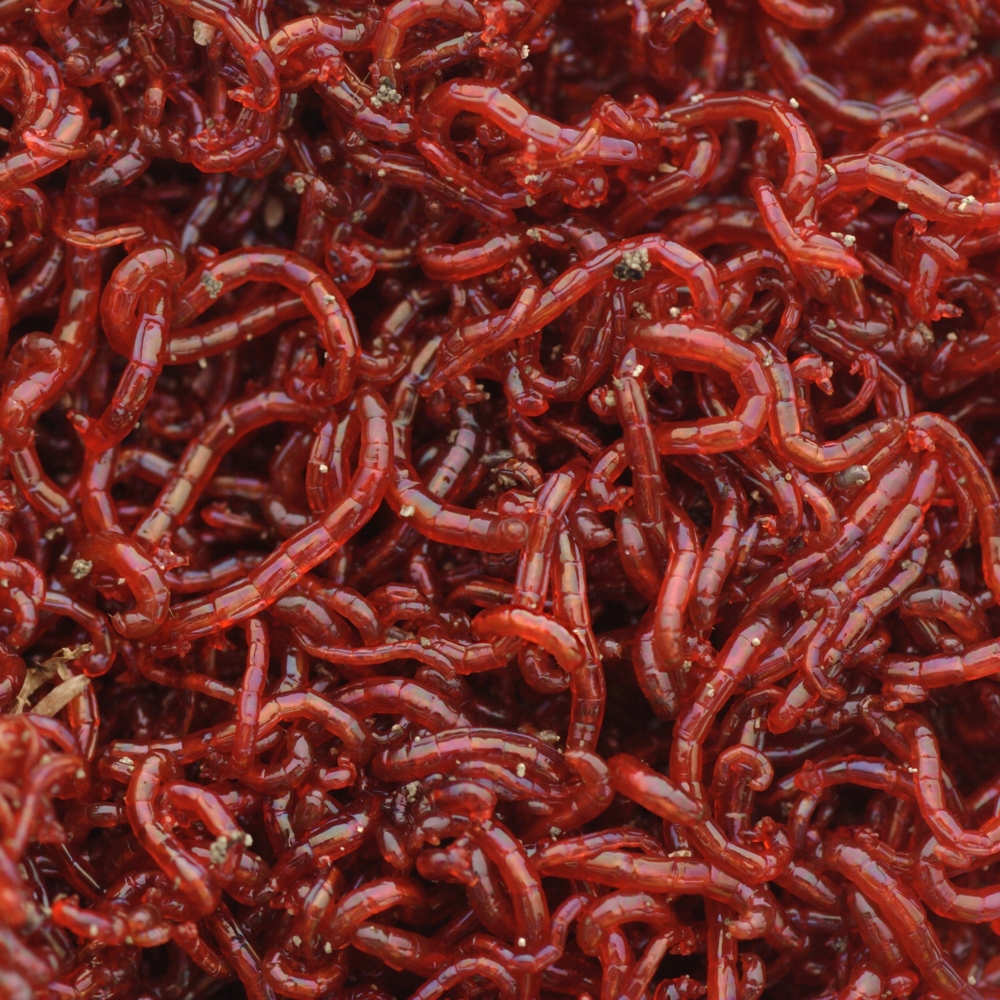Efficient red worms: Help your garden thrive
Efficient red worms: Help your garden thrive
Blog Article
Whatever You Need to Understand About Red Wigglers for Composting
Red wigglers, or Eisenia fetida, play a critical function in the world of composting, changing natural waste right into beneficial soil changes. The process of setting up a worm bin and keeping it can position challenges.
What Are Red Wigglers?

(red worms)
Belonging To North America, red wigglers are surface-dwelling organisms that choose damp, warm habitats abundant in breaking down natural issue. Their diet is composed mostly of decomposing plant product, food scraps, and other natural debris, which they take in and break down efficiently. As they digest this material, they create nutrient-rich castings that enhance soil fertility.
Red wigglers are hermaphroditic, having both male and women reproductive organs, and can replicate promptly under optimal conditions. In general, red wigglers are crucial factors to the procedure of recycling natural waste into valuable compost.
Benefits of Utilizing Red Wigglers
Utilizing red wigglers in composting systems provides many advantages that boost both the performance of waste administration and the top quality of the resulting compost. These worms, scientifically called Eisenia fetida, are specifically efficient at damaging down natural issue, transforming kitchen scraps and lawn waste into nutrient-rich garden compost at an accelerated rate.
Among the key benefits of utilizing red wigglers is their capability to eat huge quantities of natural product, often refining their weight in food waste daily. This high usage price results in quicker disintegration and minimizes the quantity of waste sent out to land fills. Additionally, the castings created by red wigglers are abundant in crucial nutrients, valuable bacteria, and enzymes, making them an exceptional plant food for gardens and plants.
Additionally, red wigglers prosper in a variety of atmospheres, making them adaptable for both interior and outdoor composting systems - red wigglers. Their presence in a compost bin aids to freshen the product, avoiding odors and advertising a healthy composting process. On the whole, utilizing red wigglers not only adds to effective waste monitoring but also sustains lasting horticulture practices with the manufacturing of high-grade garden compost
(eisenia fetida worms for sale)
Establishing Your Worm Container
To effectively establish a worm bin, it is vital to choose an ideal container that meets the requirements of red wigglers while providing a conducive environment for composting. An appropriate bin can be made from plastic, timber, or steel, with a capability of a minimum of 1 square foot for every pound of worms.
Guarantee the container has appropriate water drainage openings to avoid excess moisture, as red wigglers thrive in a wet, however not waterlogged, setting. red wigglers. The container should likewise be ventilated to supply enough air movement, protecting against anaerobic conditions that can hurt the worms
An ideal place for the worm bin is an amazing, dark location, without straight sunshine and severe temperatures, as red wigglers prefer a temperature level series of 55 to 77 levels Fahrenheit.
Prior to presenting the worms, prepare bed linen materials such as shredded paper, cardboard, or coconut coir, which will certainly offer both environment and food. Dampen the bedding gently to produce a welcoming setting for the worms. Last but not least, think about putting a lid on the bin to keep moisture and reduce parasites, while guaranteeing it can be quickly eliminated for upkeep.
Feeding and Treatment Guidelines
Feeding red wigglers is a vital aspect of keeping a healthy composting system. These worms grow on a varied diet plan, primarily made up of organic materials such as fruit and veggie scraps, coffee grounds, and smashed eggshells. It is essential to avoid feeding them meat, milk, and oily foods, as these can create unpleasant odors and draw in pests.
When introducing food to your worm bin, chop or shred materials right into smaller pieces to promote quicker decomposition. Begin with small amounts to determine the worms' consumption rate, progressively enhancing the quantity as they adapt. It is recommended to alternative feeding locations within the bin to motivate comprehensive mixing and oygenation of the garden compost.

Troubleshooting Common Issues
Keeping a flourishing worm composting system can occasionally provide challenges that call for interest and troubleshooting. Typical issues include an unpleasant smell, which typically suggests overfeeding or the visibility of anaerobic conditions. To correct this, decrease the quantity of food added and make certain appropriate aeration by blending the bedding material.
One more frequent trouble is the retreat of worms from the container. This can occur as a result of extreme moisture or unsuitable environmental conditions. Frequently check the moisture degrees, aiming for a moist but not soggy uniformity, and keep ideal temperatures between 60-80 ° F(15-27 ° C )to develop a comfortable environment for your red wigglers.
Bugs, such as fruit flies, can also invade worm containers. red wigglers. To combat this, cover food scraps with a layer of bed linens or shredded paper to prevent flies from laying eggs. In addition, make certain that any kind of food added is fresh and without mold and mildew, which can bring in unwanted parasites
Last but not least, if your worms seem non-active, check for stress variables such as temperature level changes or insufficient moisture. Addressing these typical issues will assist keep a healthy and balanced and efficient worm composting system.
Conclusion
In summary, red wigglers, or Eisenia fetida, play an essential duty in lasting waste monitoring through vermicomposting. Correct arrangement and maintenance of a worm bin, along with adherence to This Site feeding guidelines, make sure a successful environment that reduces land fill payments.
Report this page